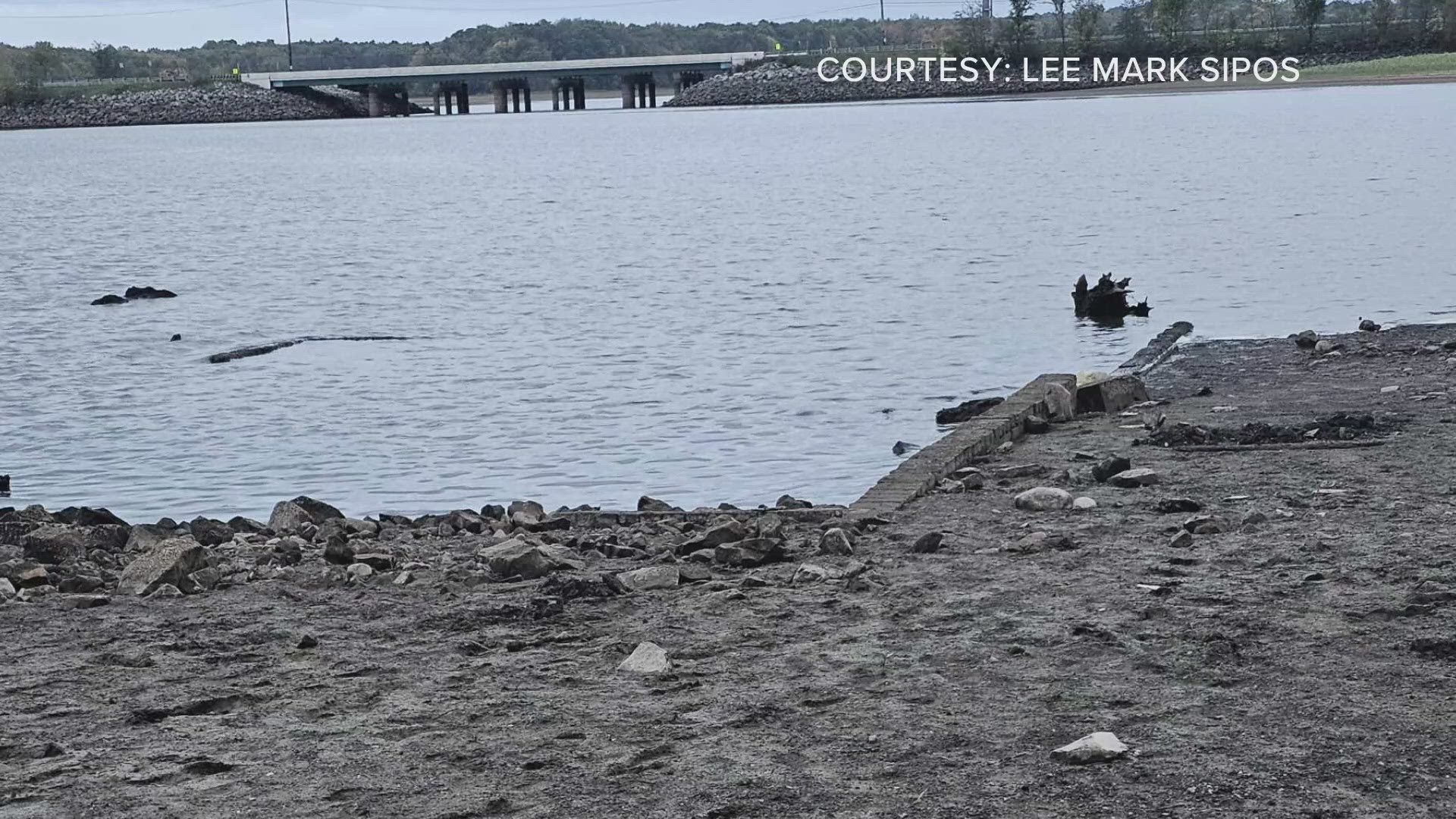Mother Nature has not been kind to parts of the Buckeye State when it comes to rain.
The dry summer and hot temperatures have caused significant problems for some of Ohio's rivers, and a U.S. Drought Monitor map shows much of the state in concerning conditions.
"We're quite far in the red at the moment, and a couple days of rainfall — especially kind of sporadic, like we're seeing today (Tuesday) — is not going to make a huge difference," Jim Stagge, an assistant professor of civil engineering at the Ohio State University, said.
Stagge noted that, for the past two months, parts of Ohio have seen only half of their typical rainfall.
"Your lawns are quite brown and you're seeing leaves already falling," he explained. "And then, of course, all this drying up is affecting our water supply."
The summer drought has caused the water levels of Ladue Reservoir, one of Geauga County's water supplies, to drop significantly.
"Those reservoirs are refilled with groundwater that then feeds our streams, that feeds the reservoirs," Stagge said. "All of that is significantly below average this year."
Although parts of Northeast Ohio saw rain on Tuesday, Stagge says the state will need a steady flow of rain before conditions improve.
"Something like today ... it might give a quick little bump up to the stream flow in our rivers," he added, "but they're going to bounce right back to a really low level."
Climate experts suggest measures to help manage Ohio's water supply, such as washing fewer loads of laundry and reducing lawn watering.

